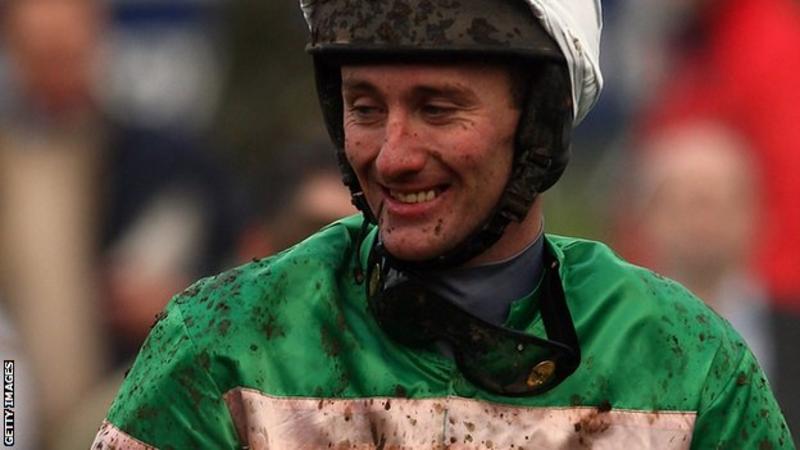I know some people are wondering what BBS is.
A new television station? A new pro basketball baseball league?
For many of my friends in the spinal cord injured community, this will be easily understood. It stands for Bowel, Bladder, and Sexual function, but I'm sure that for many who don't know anything about spinal cord injury, even this may not be clearly understood.
It's never really discussed, for what some may consider obvious reasons, but it should be as well understood as the loss of walking or hand function after a spinal cord injury. So a real easy explanation is this: after a spinal cord injury most people lose control of their bowel and bladder and men can no longer get an erection.
What does it mean to have no control over our bowels and bladders?
Well, other than the normal terrifying fear of an accident, it means that you don't know when your bladder is full or when you need to move your bowels. Most deal with this through the use of a catheter to empty their bladder (inserting a tube in your penis or urethra to remove the urine ever four hours or so), and a bowel programme (going to the bathroom at a certain time everyday and using either or both digital stimulation and different kinds of medicines).
For the loss of erection part, I think that's quite easy to understand. You simply cannot get an erection naturally either by physical stimulation (reflexogenic) or through fantasy (psychogenic).
As you can imagine, or know from your own experience, loss of these three functions are a terrible burden on people, including myself, who are already suffering a great deal through the loss of natural movement. In fact, it is often cited by people living with paralysis as the main things they would want back; if there was a choice that is. This is not to say that walking isn't important, and that with neuroregeneration movement, along with BBS would be dealt with naturally, but when viewed as separate issues, BBS rates high.
So it was with great interest that I read an article about a "breakthrough" with transcutaneous electrical stimulation (this is electrical stimulation of the spinal cord by attaching electrodes to a patient's back--as opposed to epidural stimulation which requires surgical implants of electrodes). I put breakthrough in quotations simply because the press often reports on "breakthroughs" that are either not actually recent, or not as remarkable as what is reported.
I do find this article interesting. While the movement part
isn't where most of us would like to see it at this point, the article does
report, "The other thing to note is that this sort of training yields
measurable and important benefits for paralysed patients including improved
overall health, mood and bladder and erectile function."
I think this is very important, but the problem I have is that while BBS return is often reported as "measurable" as in this article, or even more "a return of BBS", no one, not even in the scientific papers I have read, states the measurement or what "return" means.
I don't consider this to be the fault of the scientists, who I think have an intellectual understanding of the massive importance of BBS return, but who may not understand the HOPE that is stirred up when these things are reported. Those who I've spoken to come away with any range of definitions from minor to major, to even peeing your name in the snow.
Therefore, I will write to professor Reggie Edgerton from UCLA who ran this study and ask that he share the measurable part of the BBS return with us. I'm not writing him to trap him because I don't believe it's true, I'm writing to him in the hope that we can explain the current state of BBS return using his non-invasive therapy.
My email follows:
____________________________
Dear Professor Reggie Edgerton,
My name is Dennis Tesolat. I live in Osaka, Japan, am a
paraplegic from a intradural avm hemorrhage, and I write a blog about paralysis
cure. Actually I should restate that last part. I wrote a blog from 2010 to
2015 and took a year off in order to deal with a lot of chronic pain. I’m
starting back now, and the first thing that came across my desk was an
article from NewsTalk.com from 21 May 2016.
While I understand the “walking part” is still in its
infancy (also having read other articles on the work you did with five other
patients), I was very interested in what was reported as “measurable” return of
bladder and sexual function (I’m also wondering if bowel should be included in
this even though it wasn’t in the news report).
We’ve seen the same reports coming from the Reeve Foundation
using epidural stimulation, but I find that the problem is that no one is
telling us what “return” means. At the best this causes interest confusion, and
at the worst, it may foster false hope if not properly reported in the press.
And please understand, I’m saying that how things are reported in the press
is the problem as you cannot control what the press reports or even
understands.
This is why I’m writing to you directly, and also hope to
publish your answer (oddly enough I still have a good readership even though I’ve
been away a year).
I will ask you some simple questions, and hope that you can
answer me in as much detail as you can give. I understand that when trials are
being done “half reporting” of findings is not a good idea, but since this is
already in the news, I feel that you probably can add much more information than
what the press is willing to publish.
So my question is
this:
- ·
What return of BBS was found?
- ·
How was it measured?
- ·
What are those scores?
In even simpler
terms, people want to know these things…
- ·
Do the patients know when they need to urinate
and or defecate? How strong is the feeling and how accurate?
- ·
Do they still need to catheter themselves, or
use things like digital stimulation for a bowel movement?
- ·
About sexual function; are drugs needed to
achieve an erection; is there feeling in the penis; how about psychogenic
erections; can the patient achieve orgasm?
I excuse myself for writing to you completely out of the
blue, but do hope that you can help me help my readers understand this
especially since the transcutaneous therapy is non invasive and could be a
tremendous help to people in regards to the return of bowel, bladder, and
sexual function in the very near future.
Thank you for your time in reading my email and I hope to
hear back from you.


